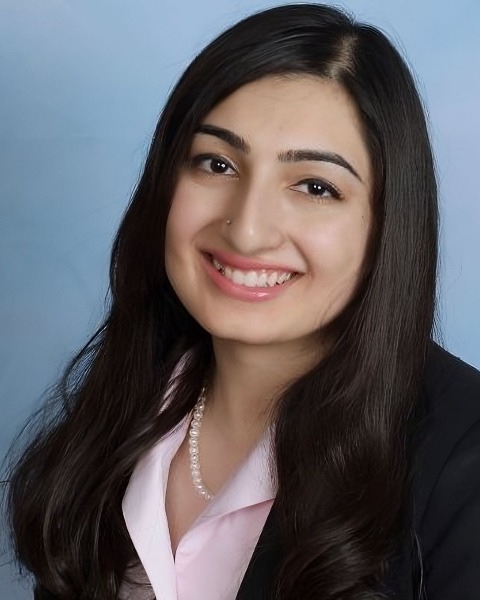Oral Abstract
Transfusion Service
#OA3-AM25-ST-08 - Impact of Reconstituted Whole Blood Product Hematocrit on Neonatal Double Volume Exchange Transfusions for Hyperbilirubinemia

Yembur Ahmad, MD (she/her/hers)
Medical Director, Kraft Family Blood Donor Center; Associate Medical Director, BWH Blood Bank
Department of Pathology, Brigham and Women's Hospital, Boston, MA, United States; Harvard Medical School, Boston, MA, United States
Boston, MassachusettsDisclosure information not submitted.
Presenting Author(s)
Study
Design/Methods: All neonatal ETs performed for hyperbilirubinemia between 2018-2024 at one quaternary pediatric hospital were identified. Records were reviewed for blood product Hct, pre- and post-ET laboratory values, and clinical outcomes. Reconstituted whole blood products are prepared by the blood bank to approximate the Hct specified in the clinical team’s order, with an allowable difference of ±5%. Non-parametric tests were used for comparisons between groups.
Results/Findings: Over a 6-year period, 25 ETs were performed for 20 neonates with hyperbilirubinemia. Blood product Hcts ranged from 25.3% to 60.2%, with a mean of 45.8% (SD 7.4%). Patients were divided into two groups based on the Hct of the ET blood product: < 45% and ≥ 45%. Patients who received products with a Hct < 45% were a younger gestational age than those who received products with Hcts ≥ 45% (36.4 weeks vs. 38.6 weeks, p=0.023), with correspondingly lower birthweights (2.7 kg vs. 3.4 kg, p=0.035). Patients with symptoms of bilirubin-induced neurologic dysfunction (BIND) were more likely to receive products with Hct < 45% (p=0.005).
No difference was observed in post-ET TSB (12.5 mg/dL vs. 14.2 mg/dL, p=0.651) or percent change in TSB (-40.2% vs. -42.5%, p=0.734) between the two Hct groups (Table 1). The post-ET Hct was lower in the lower Hct group (39.7% vs. 48.1%, p< 0.001). Patients in the lower Hct group had lower post-ET ionized calcium values (4.3 vs. 4.7, p=0.009), but there was no difference in the number of patients requiring a calcium bolus post-ET. There was no difference in 30-day or 1-year survival between the two groups, and no difference in the development of neurologic deficits.
Conclusions: In this small sample size, there was no observable difference in post-ET TSB levels or survival between patients who received lower or higher Hct blood products. However, baseline characteristics differed between the two groups, including gestational age and birthweight. Larger studies are warranted to further investigate the impact of blood product Hct on ET outcomes.

